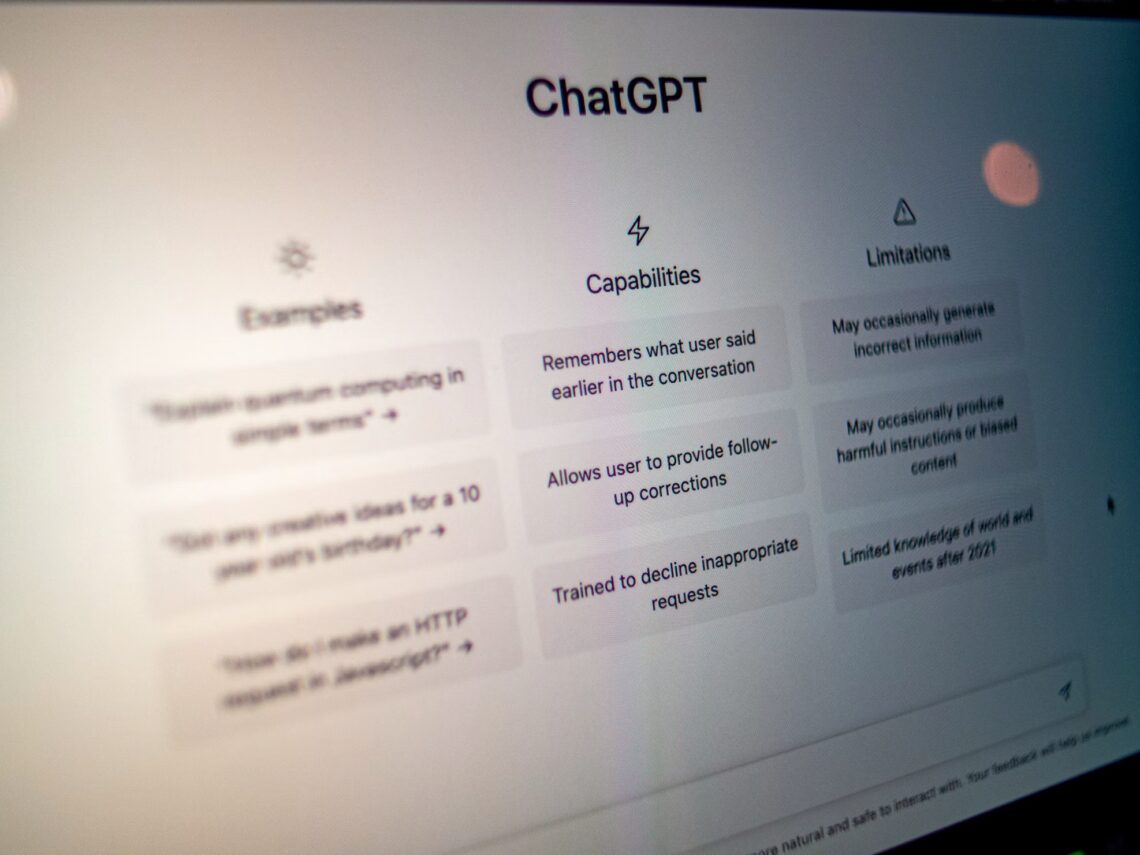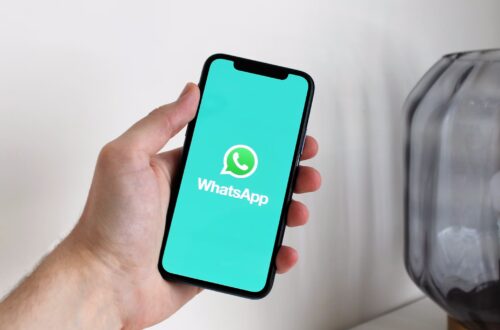In the race to make customer interactions more human, voice is becoming the missing link in WhatsApp automation. Most businesses have already deployed text-based bots — but few have cracked voice AI integration within WhatsApp using the Business API.
This isn’t just another automation layer; it’s a shift in interaction design. Voice adds empathy, speed, and accessibility to WhatsApp engagement — three qualities text alone can’t deliver. Yet it also introduces complexity, from real-time audio streaming to latency control.
The question every enterprise team should be asking is: How do we design WhatsApp voice bots that are both technically viable and strategically valuable?
1. The Strategic Context: Why Voice on WhatsApp Matters
The data is telling. Over 7 billion voice messages are sent on WhatsApp every day. Users trust it for emotional nuance and speed — it feels personal, effortless, and immediate.
Businesses are starting to realize the same:
- In emerging markets, customers prefer voice over typing for language and literacy reasons.
- In high-touch industries (finance, real estate, healthcare), tone conveys credibility better than text.
- And operationally, automated voice can cut call-center load by 30–50% while staying inside WhatsApp — the world’s most popular chat app.
Strategically, that makes WhatsApp voice automation a bridge between conversational convenience and enterprise efficiency.
“Voice is the most natural interface, but also the hardest to automate well. The trick isn’t just speech-to-text — it’s building trust in milliseconds.”
— Leena Kapoor, Director of Conversational Strategy, Global Fintech Group
2. Under the Hood: How WhatsApp Voice Bots Work
Let’s break this into its architecture layers.
a. WhatsApp Business API Backbone
The foundation — every WhatsApp voice bot uses the Business API (WABA) to send and receive audio messages programmatically. This means your system doesn’t “record” inside WhatsApp directly; it routes voice messages via a Business Solution Provider (BSP) to your servers.
b. Audio Input Pipeline
When a user sends a voice note, the bot retrieves it as an .ogg file through a webhook event. The file is passed into an automatic speech recognition (ASR) engine (like Whisper, Deepgram, or Google STT) for transcription.
c. Intent Understanding
Once transcribed, a Natural Language Understanding (NLU) model processes meaning and intent — exactly as a text bot would. But here’s the nuance: ASR output is noisier. You need error-tolerant models and conversational fallback design.
d. Response Generation
Responses can be:
- Text replies (if clarity is key)
- Voice replies (using TTS — Text-to-Speech)
- Or hybrid (voice summary followed by supporting text).
Advanced setups use multimodal orchestration, deciding in real time whether to reply via text or audio depending on user intent, noise level, or context.
e. Delivery Loop
The reply (voice or text) is sent back through the BSP to WhatsApp’s infrastructure, closing the conversational loop — usually under 600ms latency for real-time feel.
3. Integration Framework: Building on the WhatsApp Business API
From a technical consultant’s lens, think of WhatsApp voice bot integration as a five-layer stack:
- API Layer – The Business API endpoint for message exchange.
- Middleware – Message queue and data flow (Node.js, Python, or n8n orchestrations).
- Speech Layer – ASR + TTS engines for bidirectional audio processing.
- AI Layer – NLU + LLM orchestration for contextual understanding.
- CRM & Data Layer – Where transcripts, user metadata, and actions are stored.
This modular approach allows teams to evolve from prototype to production smoothly — replacing speech models, scaling infrastructure, or adding analytics without rewriting the architecture.
“We architected our WhatsApp voice flow as microservices — ASR, intent handler, and TTS were all containerized. It reduced latency by 40% and simplified scaling across 8 languages.”
— Suresh Menon, Engineering Lead, Conversational Platforms
4. Technical Realities: Latency, Accuracy, and Privacy
Let’s demystify three real challenges teams face.
a. Latency
Users tolerate delays up to ~800ms before it feels “laggy.” Achieving this over WhatsApp means optimizing edge computing and caching responses close to the BSP node.
In practice: Sub-400ms latency is achievable only when you minimize roundtrips between ASR and AI modules.
b. Accuracy
Even state-of-the-art speech models can dip below 85% accuracy with accents, ambient noise, or cross-language code-switching. This is where hybrid design helps — pairing voice AI with text confirmations (“Did I get that right?”).
c. Privacy
WhatsApp encrypts messages end-to-end, but once data hits your servers (for processing), compliance matters. Enterprises must ensure data minimization and auto-deletion of temporary audio files per GDPR or regional norms.
In short, performance tuning isn’t optional — it’s what separates pilot demos from scalable deployments.
5. Use Case Matrix: Where WhatsApp Voice Bots Work Best
| Industry | Use Case | Impact Metric |
|---|---|---|
| Financial Services | Loan verification, KYC status updates | 60% faster turnaround |
| Healthcare | Appointment booking, reminders, patient triage | 30% higher response rates |
| Retail & E-commerce | Order status, returns, product queries | 2.5x faster resolution |
| Education | Admissions follow-ups, course info | 40% lower agent dependency |
| Utilities | Bill payments, outage notifications | 50% drop in support calls |
These results emerge when the voice experience is natively embedded within WhatsApp — not redirected to web links or apps.
6. Strategic Advantages: Beyond Automation
Building a WhatsApp voice bot isn’t just about cutting costs — it’s about expanding the very surface area of customer engagement.
Here’s what it unlocks strategically:
- Inclusive UX: Speech-based interaction for semi-literate or multilingual users.
- Brand Differentiation: Human-sounding bots enhance brand warmth.
- Operational Efficiency: Voice-first bots can deflect 40–60% of inbound queries.
- Cross-Platform Consistency: Unified experience across chat, voice, and even IVR migration paths.
But the real advantage lies in data granularity — each voice exchange adds rich acoustic signals, sentiment data, and phrasing nuances that fuel predictive models.
7. Implementation Roadmap (Phased)
Phase 1: Pilot (Weeks 1–4)
- Use BSP sandbox with sample audio messages.
- Build lightweight ASR → NLU → TTS chain.
- Test across 2–3 core intents.
Phase 2: Integration (Weeks 5–8)
- Connect with CRM (Salesforce, Zoho, HubSpot).
- Add consent logging and message audit trails.
- Introduce fallback to text when speech confidence <80%.
Phase 3: Scaling (Weeks 9–12)
- Move ASR inference to edge nodes for latency control.
- Add analytics dashboards (intent accuracy, call volume).
- Begin multilingual expansion (Hindi, Spanish, Arabic, etc.).
The typical WhatsApp voice AI go-live timeline is around 90 days, assuming verified WABA and BSP setup are complete.
8. Looking Forward: The Evolution of Voice on WhatsApp
By late 2025, Meta’s roadmap suggests broader voice support for commerce APIs, meaning tighter integration between WhatsApp, Messenger, and Instagram.
We’ll also see convergence with voice biometrics, emotion detection, and multi-agent orchestration — letting AI handle tone-based escalation or multilingual switching mid-conversation.
But for now, the winning strategy is not to chase futuristic features — it’s to master today’s deployable tech with measurable ROI.
Strategic Implication
Voice automation on WhatsApp is no longer a novelty; it’s a competitive moat.
Enterprises that embed voice AI into WhatsApp workflows don’t just improve customer engagement — they create real operational leverage: faster support, lower costs, and higher retention.
The choice isn’t whether voice belongs in WhatsApp. It’s how soon your stack can support it.






